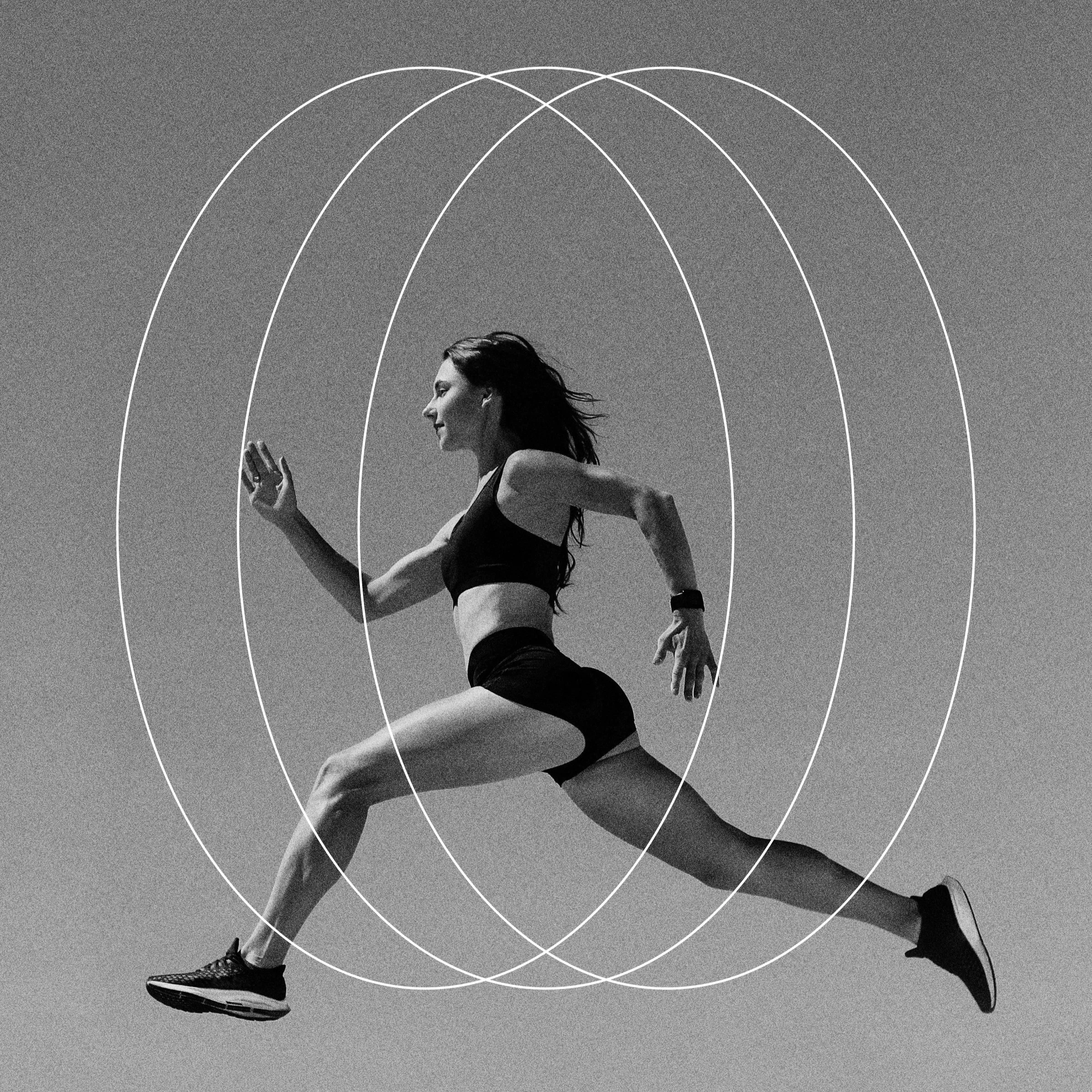Why Women Might Be Winning the Heart Health Game with Exercise
By Dr. Stefano Sinicropi, MD, FAAOS Board-Certified Spine Surgeon & Health Optimization Expert
Disclaimer: This blog is for informational purposes only and is not intended as medical advice. The treatments described should only be considered after a consultation and under the direct supervision of a qualified medical expert.
I’ve spent two decades fixing spines, but the real “fix” for most patients starts long before they land on my operating table: movement. Today, a groundbreaking study in Nature Cardiovascular Research (2025) by Dr. Emily S. Lau just gave us the strongest evidence yet that women may be biologically wired to reap more heart protection from exercise than men. Let’s unpack this game-changer.
The Study: Same Sweat, Bigger Payoff for Women
Lau’s team analyzed over 400,000 adults from the UK Biobank, tracking physical activity levels and coronary heart disease (CHD) outcomes over 12 years. The results?
OutcomeWomen’s Risk ReductionMen’s Risk ReductionCHD Incidence-36% (moderate exercise)-14%CHD Mortality-61% (vigorous exercise)-35%All-Cause Mortality-24% (any exercise)-18%
Key takeaway: For the same dose of exercise, women slashed their heart attack risk by up to 2.5X more than men.
Why the Gender Gap in Exercise Benefits?
Hormonal Superpowers Estrogen isn’t just about reproduction—it’s a potent anti-inflammatory and vasodilator. Pre-menopausal women have a natural edge in vascular flexibility, which exercise amplifies.
Muscle Fiber Efficiency Women tend to have higher proportions of slow-twitch (endurance) muscle fibers, making moderate activities like brisk walking or yoga metabolically cheaper and more cardioprotective.
Fat Distribution Dynamics Women store more fat subcutaneously (under the skin) vs. men’s visceral (organ-wrapping) fat. Exercise mobilizes this fat more effectively in women, reducing inflammation.
The “Minimum Effective Dose” for Women
The study found women hit peak CHD protection at lower thresholds:
Moderate exercise: Just 150 minutes/week (e.g., 30 min x 5 days of brisk walking)
Vigorous exercise: Only 75 minutes/week (e.g., 2 HIIT sessions + 1 long hike)
Men needed nearly double the volume for comparable gains.
Actionable Takeaways (Especially for Women)
Prioritize consistency over intensity A daily 20-minute walk beats a weekend warrior binge.
Mix moderate + vigorous Try: 3 days of zone 2 cardio (talking pace) + 1–2 days of intervals.
Track heart rate zones Women’s peak benefit zone: 60–70% of max HR (220 - age).
Don’t fear strength training Resistance exercise boosted outcomes additively in women—likely via improved insulin sensitivity.
The Bigger Picture
This isn’t about competition—it’s about precision health. If women need less exercise for more benefit, why are we still using one-size-fits-all guidelines? The 150-minute recommendation was built on male-dominated data. Time for an update.
Your Move
Ladies: Your body is literally designed to turn movement into medicine. Start small, stay consistent, and let biology do the heavy lifting.
Gentlemen: You’re not off the hook—your heart still needs the work. Just know the bar’s a bit higher.
Dr. Sinicropi is a board certified spine surgeon, founder of the HyperCharge Health and Wellness Centers, and host of the Wellness at the Speed of Light Podcast. He does not provide individualized medical advice online.
Citation:
Lau, E.S. Sex differences in the association of physical activity with coronary heart disease incidence and mortality. Nat Cardiovasc Res (2025). https://doi.org/10.1038/s44161-024-00550-8

